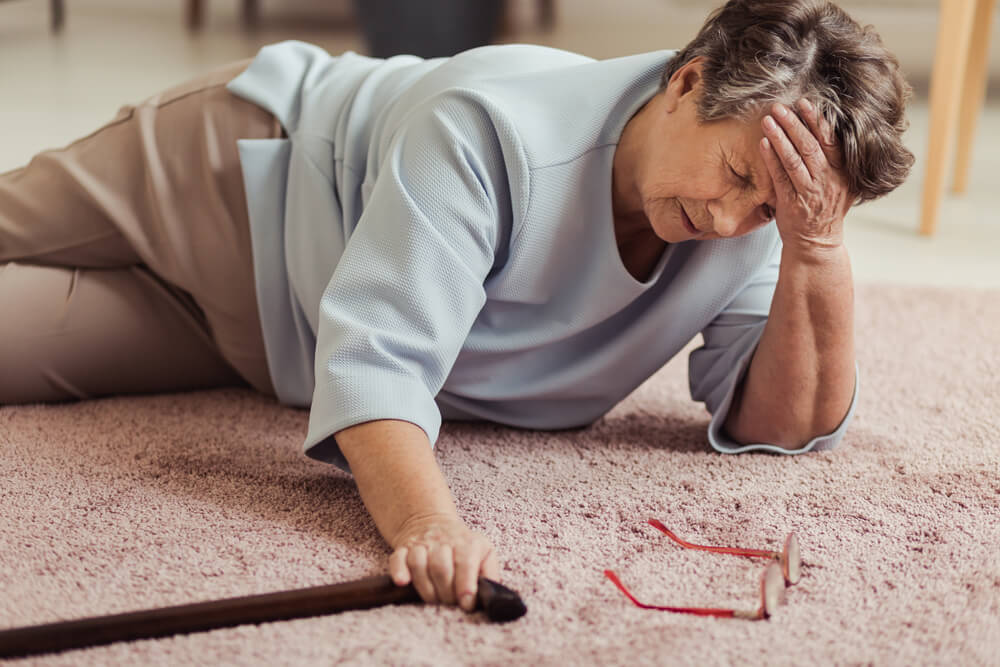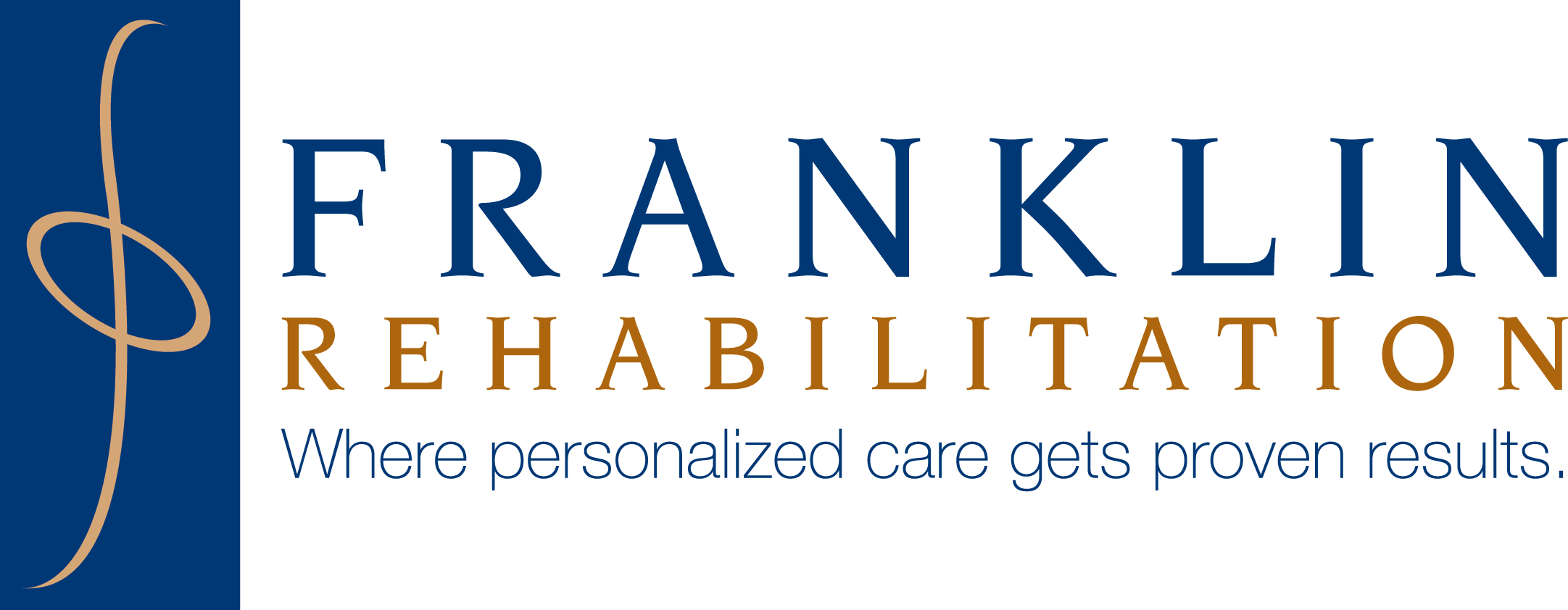What are the most common causes of falls in the elderly population?

If you’re an older person, falling is something you want to avoid at all costs. In fact, according to the National Council on Aging, falls are the leading cause of both fatal and nonfatal injuries among the elderly. Once a fall occurs, it can become more likely to happen again too, leading to declines in function and independence.
Primary causes of falls among the elderly
Here are some examples of common causes of falls in the elderly population:
- Muscle atrophy — It’s a simple fact that with age, we see a decline in muscle mass and strength (unless you do strengthening exercise to combat this). This in turn causes a decline in stability that can make falls that much more likely.
- Safety issues — From a slippery floor to an unstable piece of furniture, addressing any unsafe conditions can also help to lower the risk of falling.
- Wearing bifocals or trifocals can affect your ability to see things on the ground, which can contribute to tripping over things.
- Decreased flexibility —If your flexibility decreases, it can cause you to flex forward at the hips. This makes it harder for you to balance while walking, contributing to falls and then needing a walker to prevent falls.
- Vestibular disorders — Vestibular disorders, such as vertigo, affect your inner ear balance, which makes you feel dizzy and prone to falls.
While there are some parts of getting older that no one can control, there are many proactive steps that can be taken to improve balance, stability and strength.
Reduce your fall risk with the help of a physical therapist
Using a walker or a cane may help keep you on your feet, but even these tools have their limits. Besides, wouldn’t you rather live a life without the need for a walker or a cane? Physical therapy can help.
Physical therapists specialize in treatments that improve your body’s abilities to maintain balance and lower your fall risk. At Franklin Rehabilitation, our physical therapists can examine your condition and develop a personalized routine to help you stay on your feet independently, including:
- Therapeutic exercises — At the core of most physical therapy treatments are exercises designed to improve the strength and flexibility of targeted muscles. Stronger and more flexible muscles can help improve your stability and your range of motion.
- Vestibular rehabilitation — The goal of vestibular rehabilitation is to improve your ability to balance and focus when your inner ear condition creates challenges like dizziness and loss of balance. Vestibular rehabilitation does not cure the condition itself but rather retrains your brain on how to adjust to the challenges presented by the condition, so you can live a more normal daily life.
- Posture guidance — Poor posture can add strain to your muscles and joints, which can make them more tense and weak. Tense and weak muscles are less adequate for supporting your body and preventing you from falling. Your physical therapist can evaluate your posture and help you make adjustments that improve it.
- Patient education — While working to improve your balance with physical therapy, you may have some challenges you need overcome in your daily routine. Your physical therapist can help you identify certain challenges, such as walking around your home or stepping in and out of the bathtub without falling. They can provide guidance for how to navigate these challenges in a safer manner to help you reduce your fall risk.
Contact us today to learn more and to schedule your initial appointment at one of our state-of-the-art clinics.
